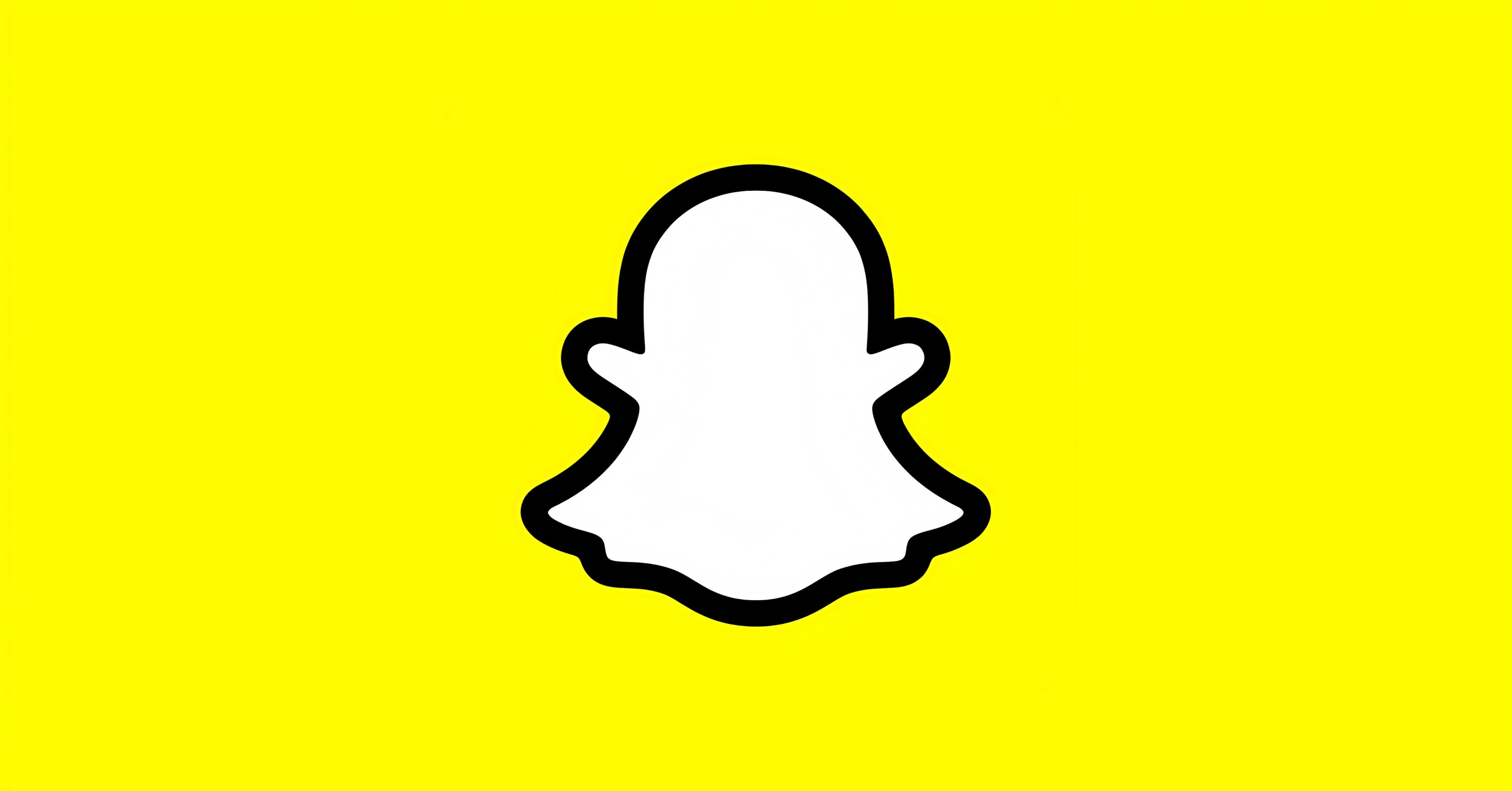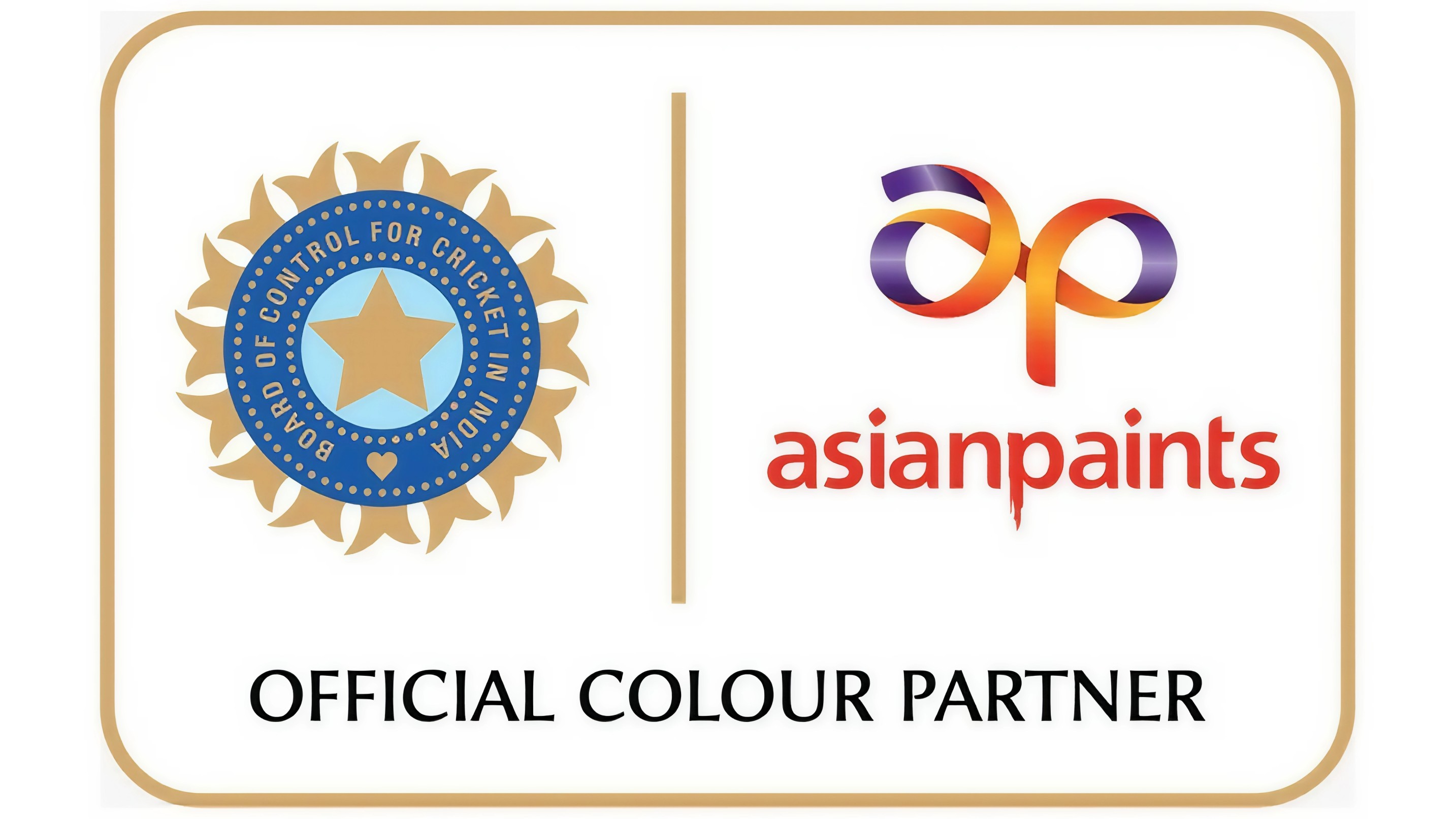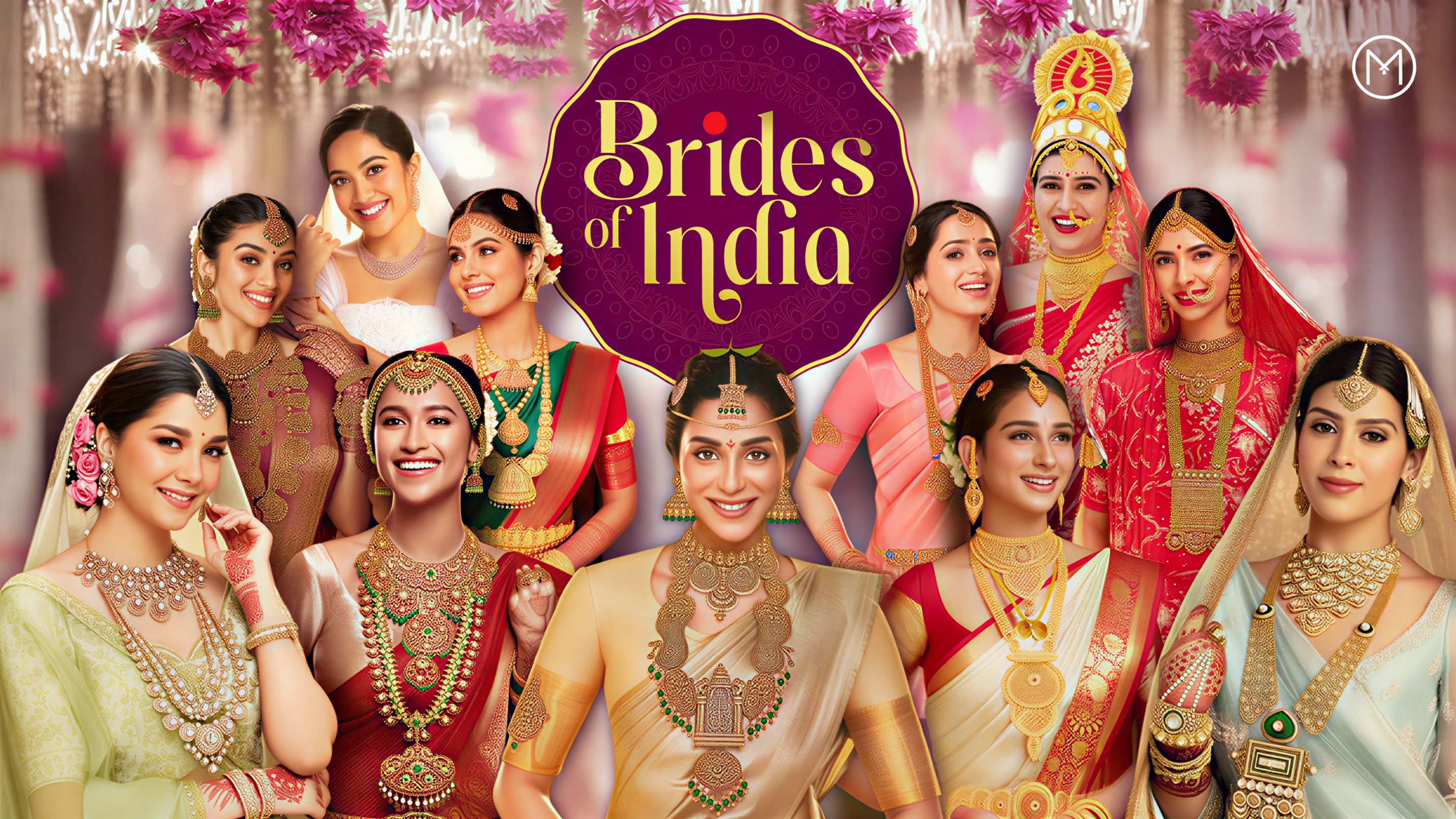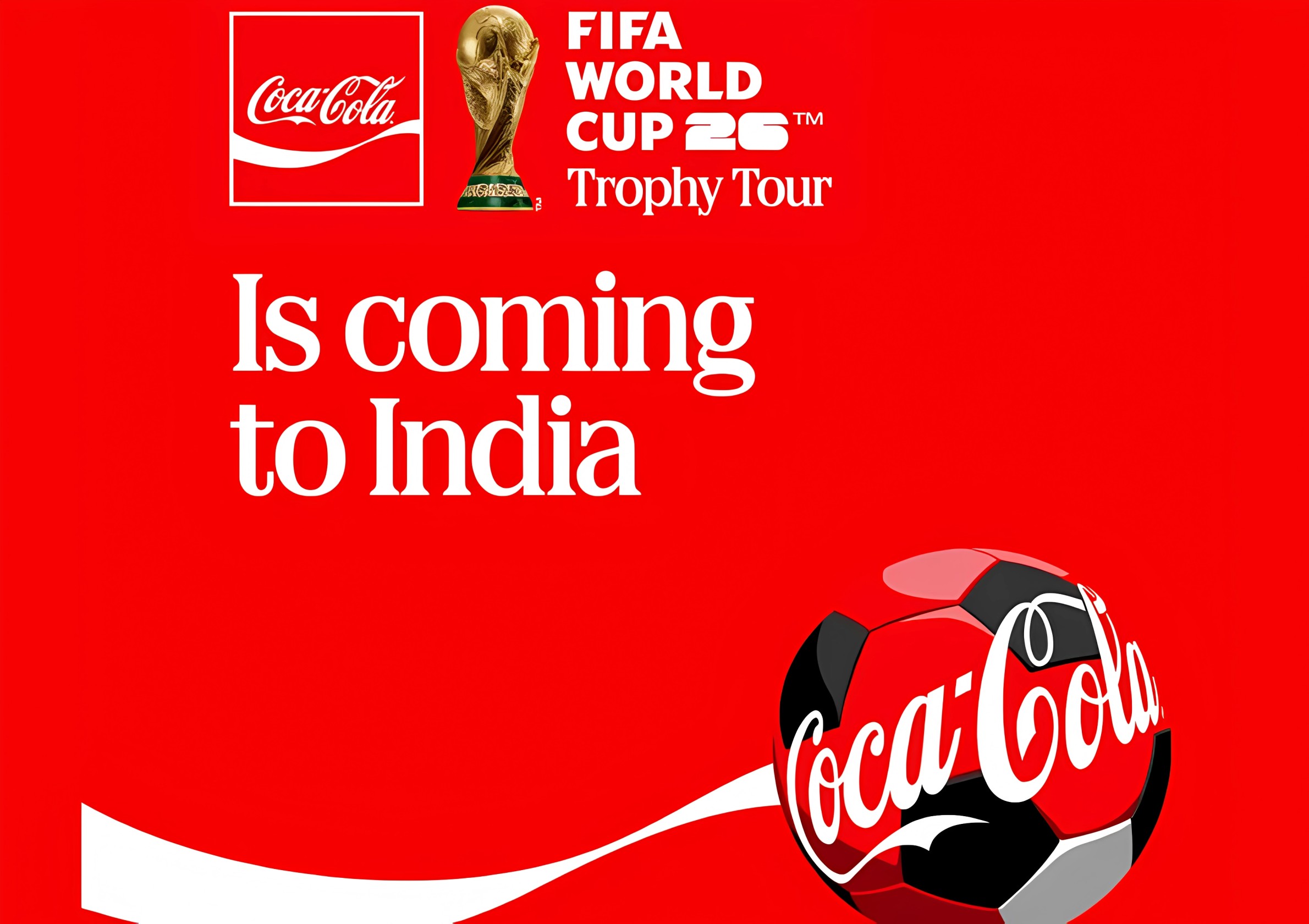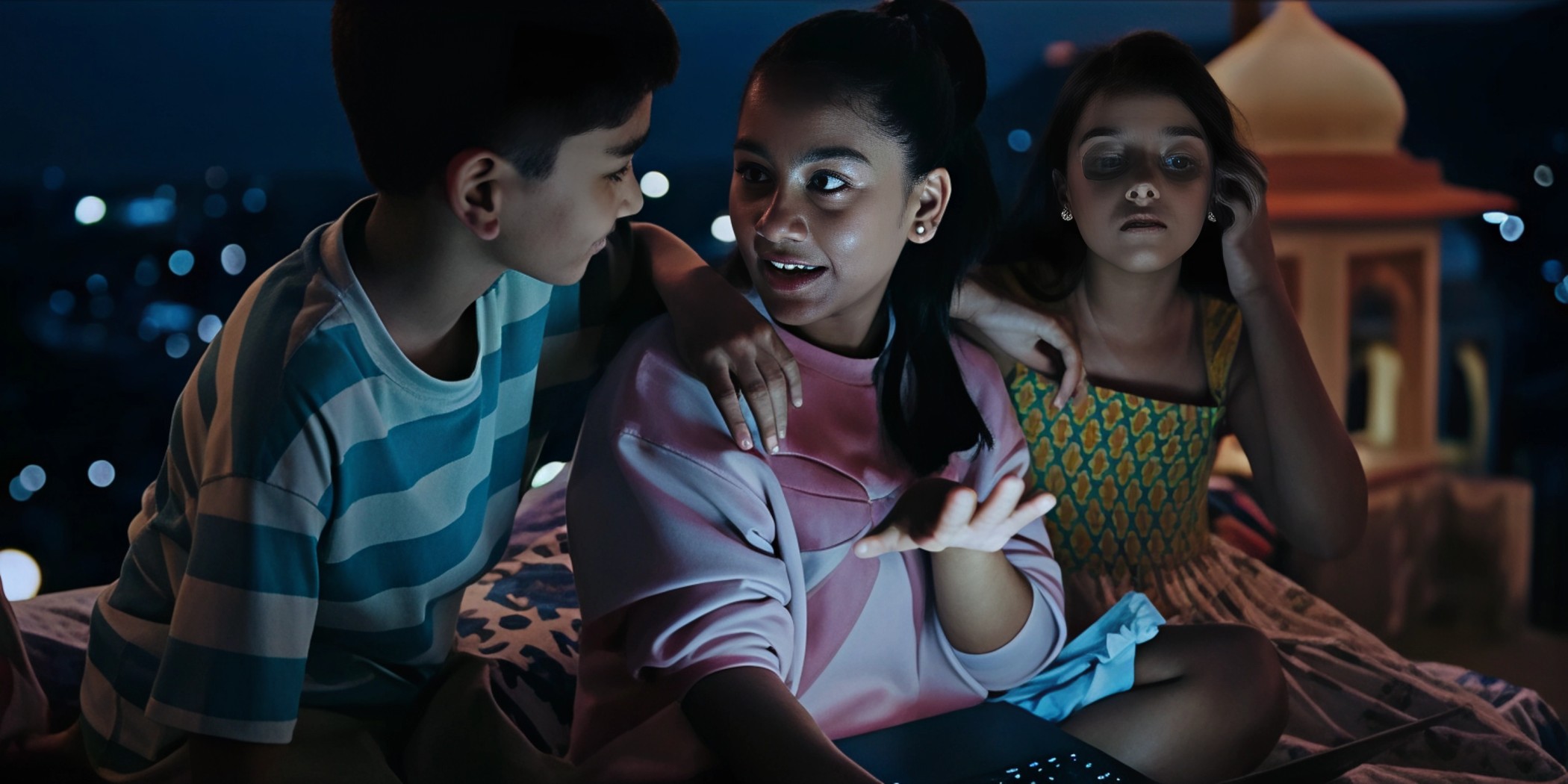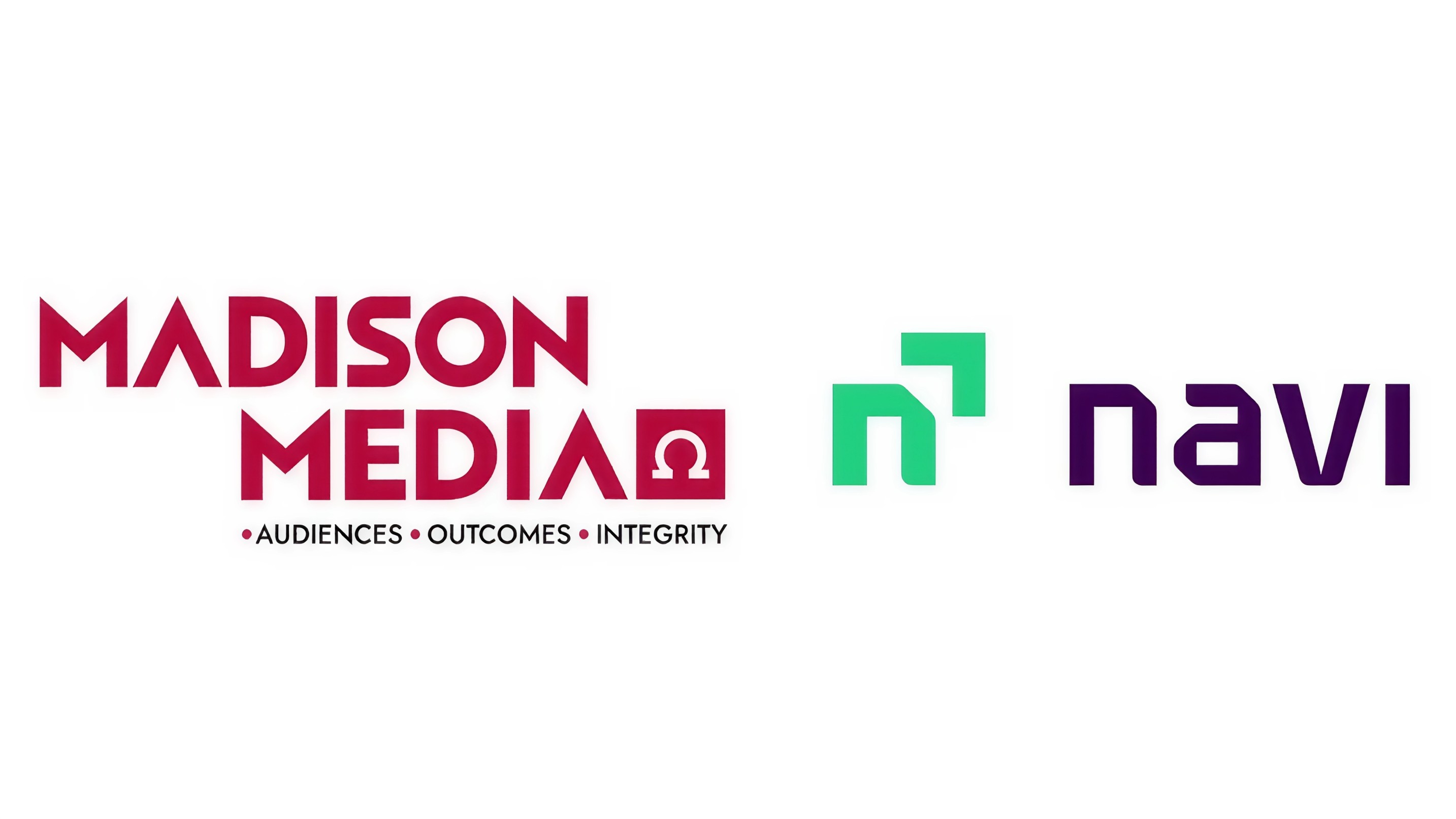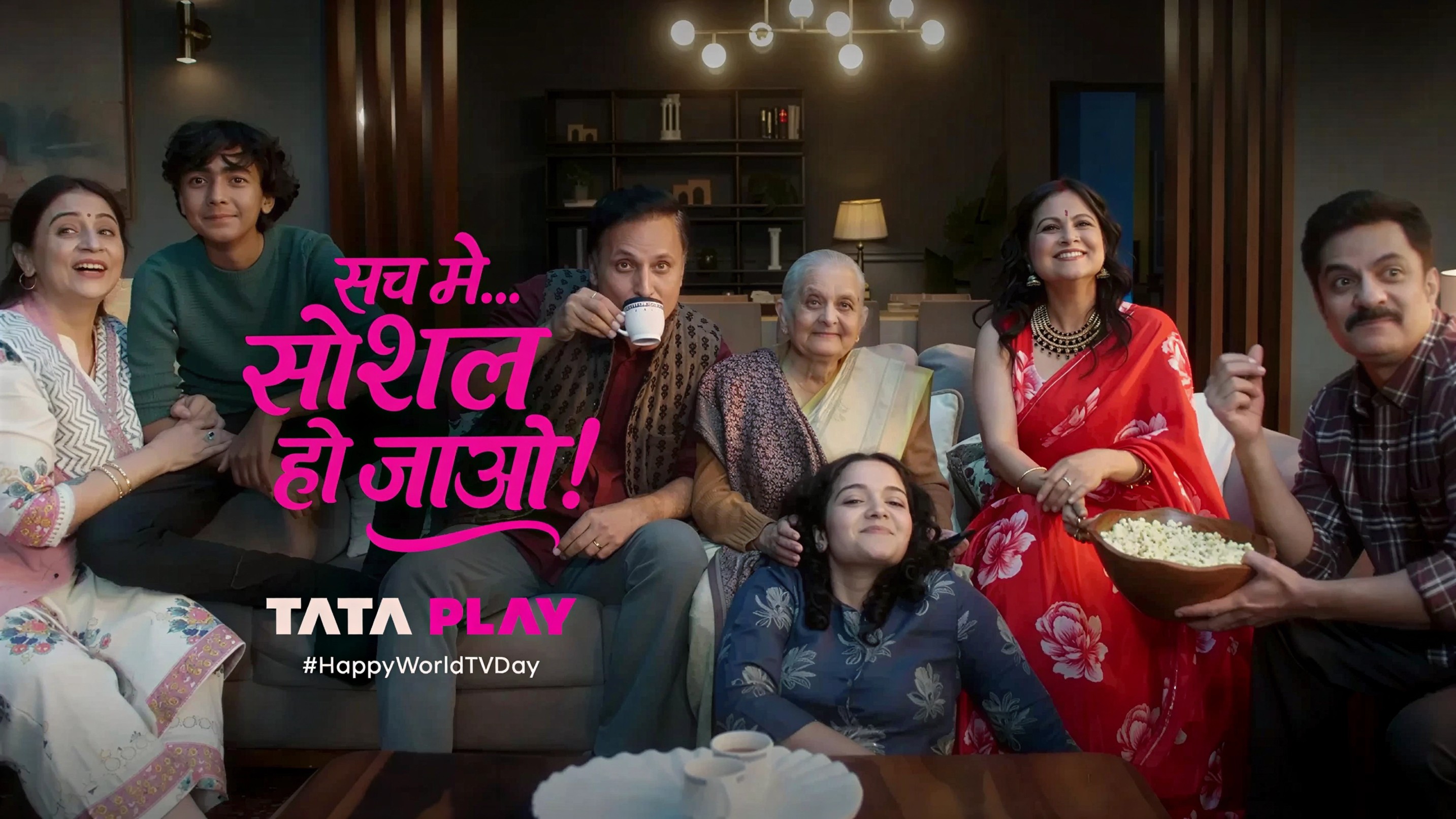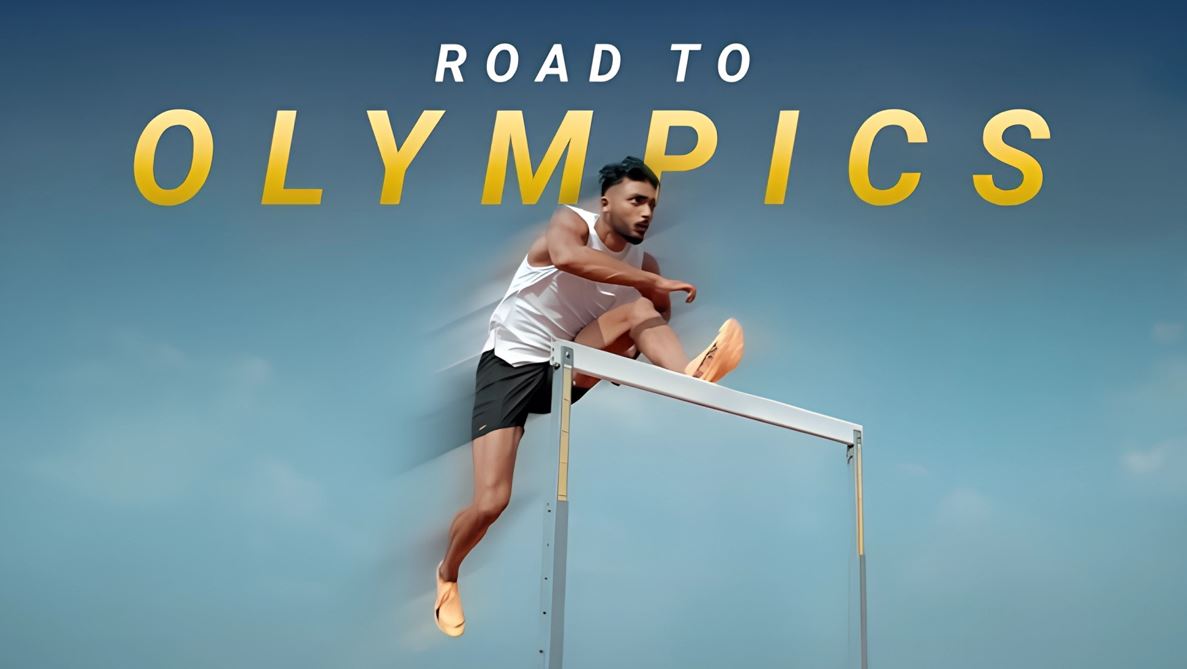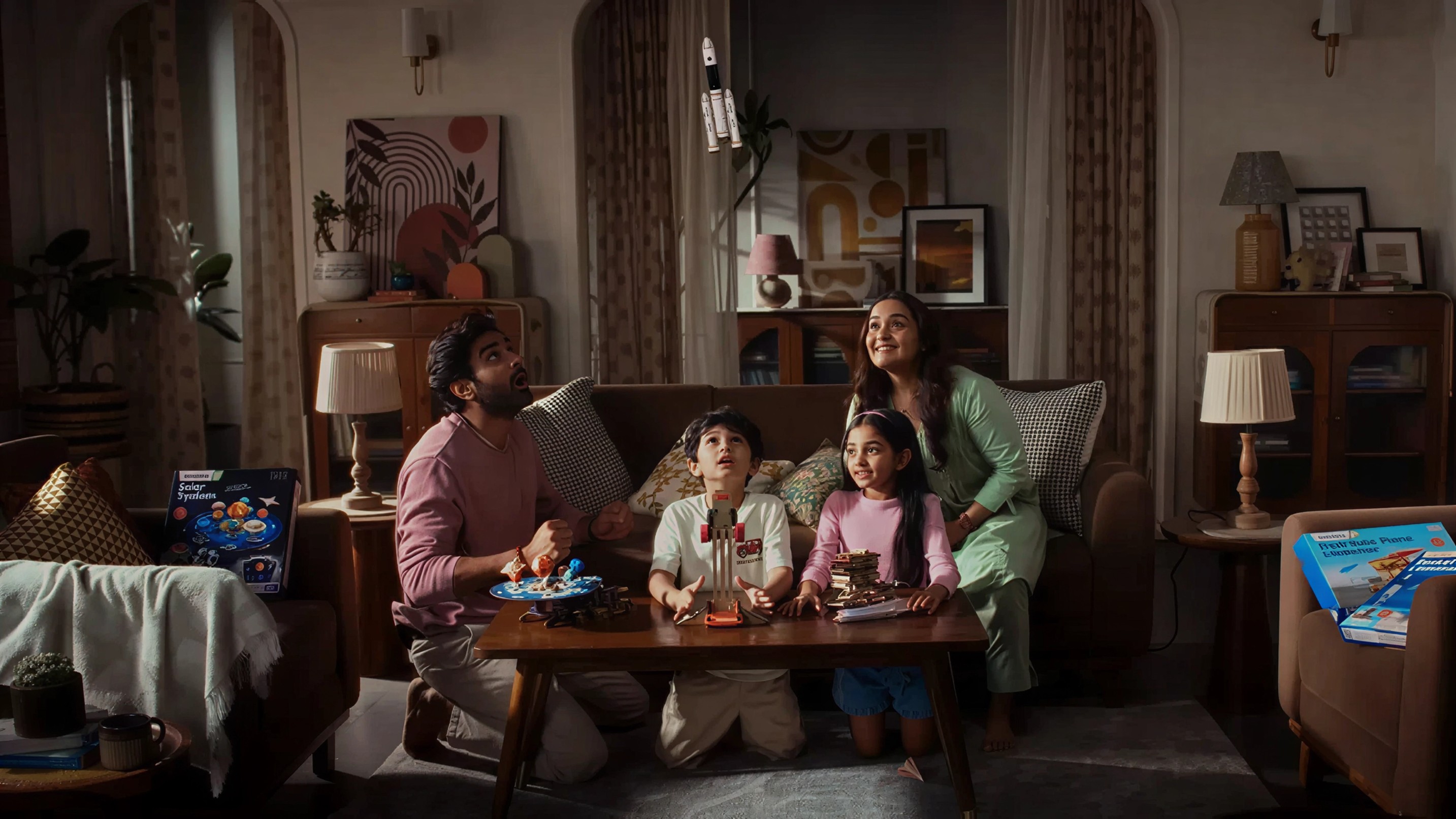Nearly half of Indian consumers are calling for greater diversity in advertisements, according to a study supported by the United Nations. The report, released by the Advertising Standard Council of India (ASCI) and the UN Women-convened platform 'Unstereotype Alliance', reveals that 48% of Indian consumers want brands to showcase more inclusive representations, compared to 33% globally.
The research, conducted in October 2023 and analysing advertisements from recent years with the assistance of Kantar, a global brand research partner, highlighted several trends. It found an absence of representation for marginalised groups such as the non-binary community, persons with disabilities, and the elderly in advertisements.
In particular, LGBTQIA+ individuals appeared in fewer than 1% of ads, while persons with disabilities were featured in only about 1% of them. Moreover, individuals aged 65 and older were represented in just 4% of Indian ads.
The study also uncovered gender biases, with women being disproportionately depicted in stereotypical roles. For instance, 58% of women in ads were shown with fair skin tones, compared to only 25% of men. Additionally, women were often portrayed as sole carers at a rate of 17.5%, while men were depicted in authoritative roles three times more frequently.
Another significant finding was the emphasis on hiring younger women over men in advertisements, with 86% of women between 20 and 39 years old, compared to 62% of men in the same age range.
ADVERTISEMENT
The study's launch at the DEI Edge Summit in Mumbai aimed to shed light on these disparities in Indian advertising compared to global practices, to foster more inclusive and progressive advertising trends.
Manisha Kapoor, CEO and Secretary-General of ASCI emphasised the influential role of advertising in shaping society and highlighted the benefits of embracing diverse perspectives and narratives.
Susan Ferguson, Country Representative of UN Women, underscored the importance of media in promoting inclusivity, stressing the need to dismantle stereotypes and champion diversity in the advertising industry.
The study is a call to action for brands to prioritise diversity and inclusion in their advertising practices.



